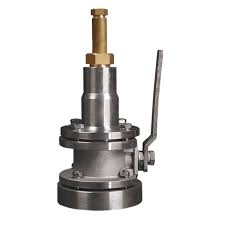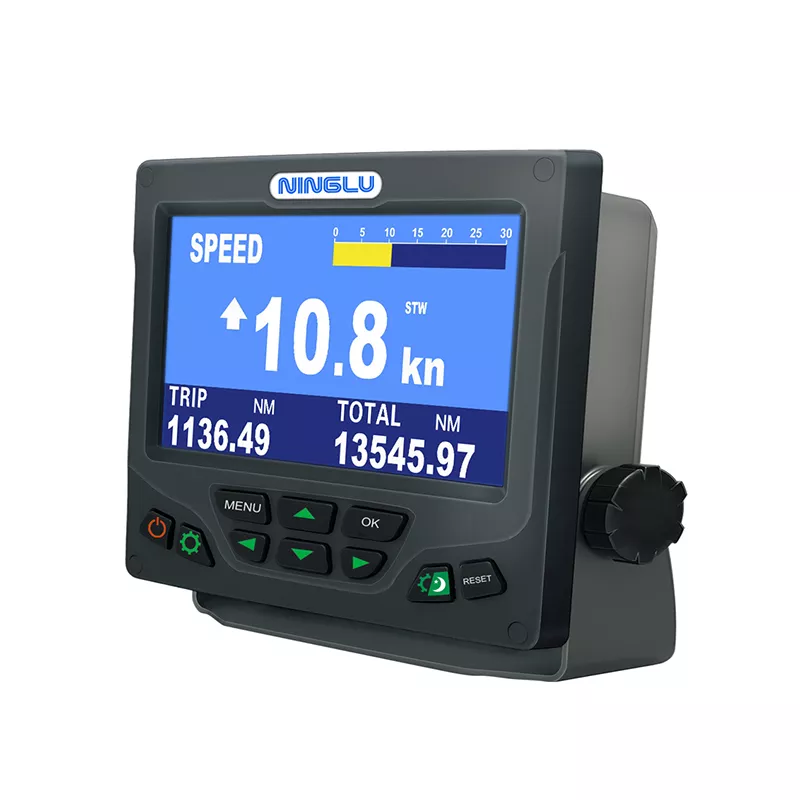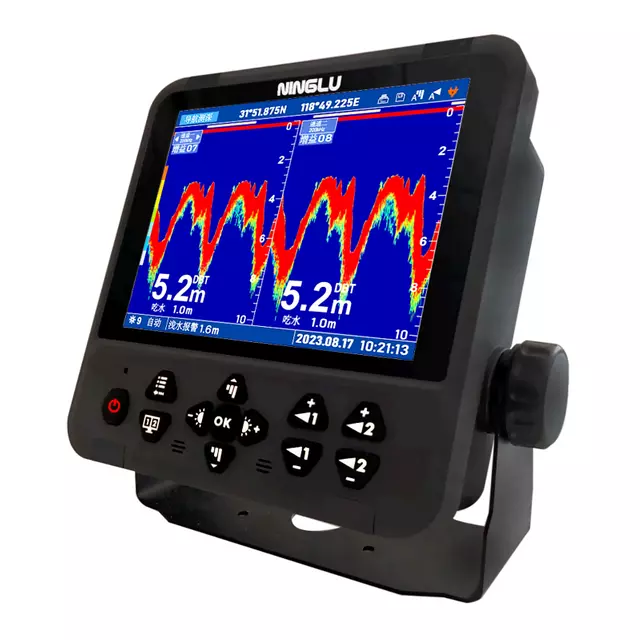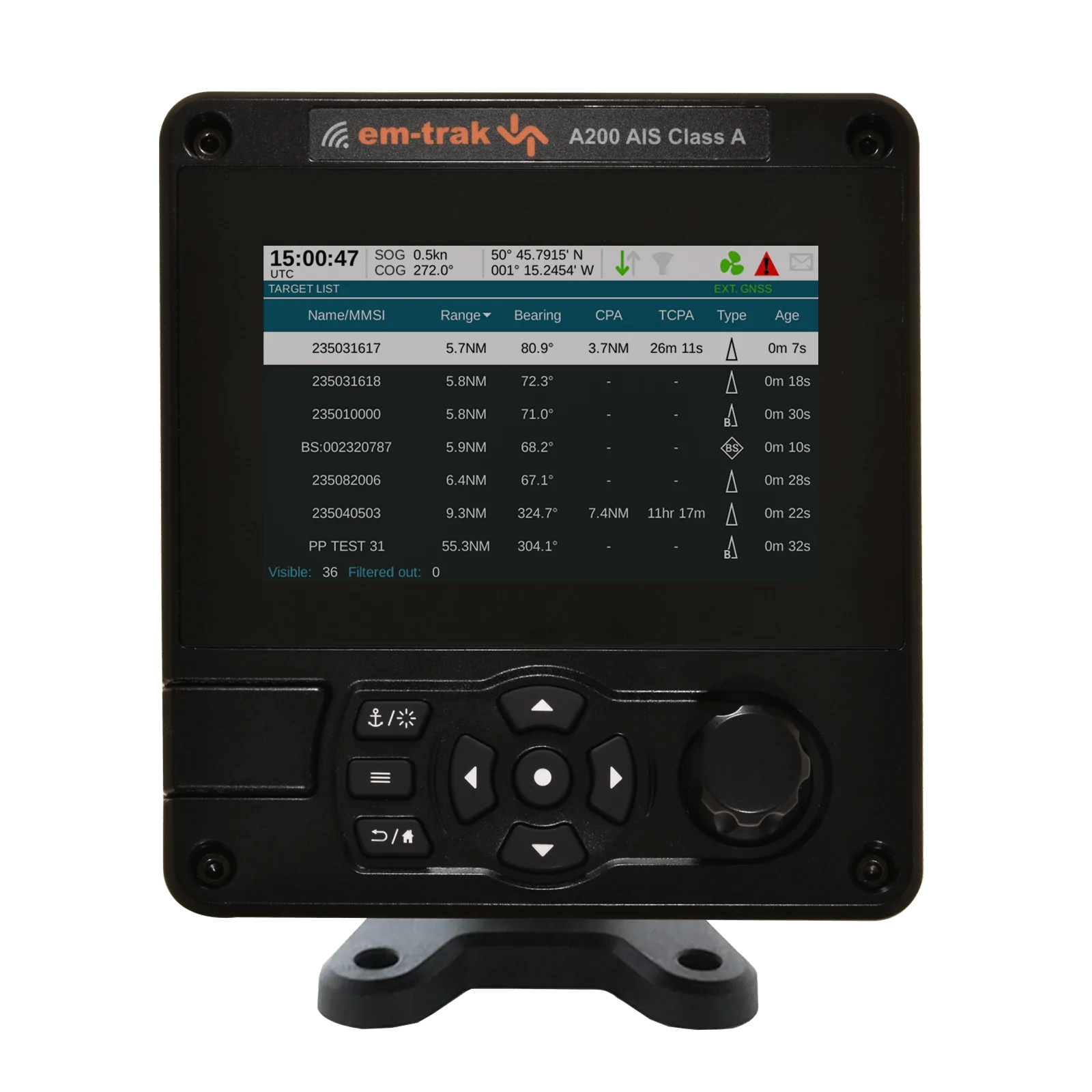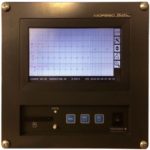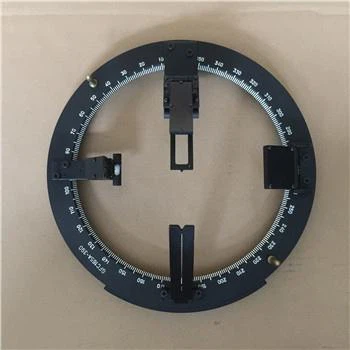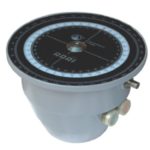Marine VSAT
Marine VSAT (Very Small Aperture Terminal) is an advanced satellite communication technology used in maritime industries to provide high-speed internet access, voice communication, and data transmission capabilities. It enhances connectivity for vessels, enabling efficient operations, crew welfare, and remote monitoring.
Introduction to Marine VSAT
Marine VSAT systems utilize small satellite dishes (terminals) onboard vessels to establish two-way satellite communication links with geostationary satellites. This technology offers reliable connectivity in remote maritime regions where traditional communication infrastructures are limited or unavailable.
Key Features of Marine VSAT
- High-Speed Internet: Provides broadband internet access for email, web browsing, and file transfer.
- Voice Communication: Supports clear voice calls for operational and crew communication.
- Data Transmission: Facilitates real-time data exchange, including video conferencing, telemetry, and remote monitoring.
- Global Coverage: Ensures connectivity worldwide, enabling vessels to stay connected during long voyages and in remote maritime areas.
10 FAQs about Marine VSAT
| Question | Answer |
|---|---|
| What is Marine VSAT? | Marine VSAT is a satellite communication technology used in maritime industries to provide high-speed internet access, voice communication, and data transmission onboard vessels. |
| How does Marine VSAT work? | Marine VSAT systems use small satellite terminals onboard vessels to establish satellite communication links with geostationary satellites, enabling broadband internet access and other communication services. |
| Who uses Marine VSAT? | Marine VSAT is used by commercial shipping companies, cruise lines, offshore platforms, and research vessels requiring reliable connectivity for operational and crew welfare purposes. |
| What are the advantages of Marine VSAT over other communication methods? | Marine VSAT offers high-speed internet access, global coverage, reliable communication services, and support for bandwidth-intensive applications, enhancing operational efficiency and crew welfare onboard vessels. |
| Can Marine VSAT be used for video conferencing? | Yes, Marine VSAT supports video conferencing and real-time video streaming, enabling remote meetings and operational coordination between vessels and shore-based teams. |
| Is Marine VSAT suitable for remote monitoring? | Yes, Marine VSAT facilitates real-time data transmission and remote monitoring of vessel systems, enhancing operational efficiency and safety through continuous monitoring and diagnostics. |
| What equipment is required for Marine VSAT? | Marine VSAT requires a satellite terminal (VSAT antenna), below-deck equipment (modem and router), and a subscription plan from a VSAT service provider. |
| Are there different service plans for Marine VSAT? | Yes, VSAT service providers offer various service plans and packages tailored to different bandwidth requirements, usage patterns, and operational needs of maritime customers. |
| How reliable is Marine VSAT? | Marine VSAT offers reliable connectivity with continuous satellite coverage, ensuring uninterrupted communication and operational support for maritime users. |
| How has Marine VSAT improved maritime operations? | Marine VSAT has enhanced maritime operations by providing high-speed internet access, reliable communication, and real-time data exchange capabilities, facilitating efficient vessel management, crew welfare, and safety at sea. |
Conclusion
Marine VSAT technology plays a pivotal role in modern maritime communication, offering high-speed internet access, voice communication, and data transmission capabilities to vessels worldwide. By leveraging Marine VSAT’s advanced features, maritime stakeholders enhance operational efficiency, crew welfare, and safety, ensuring seamless connectivity in remote and challenging maritime environments.

